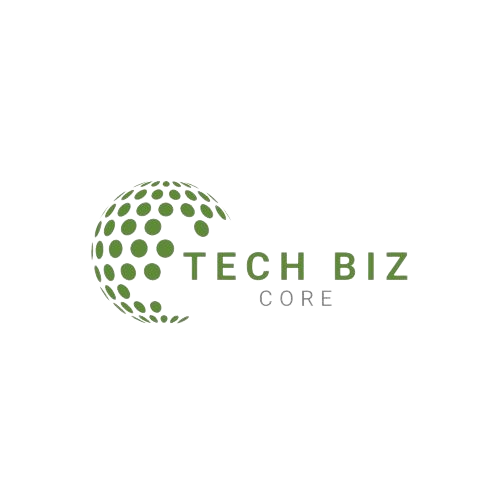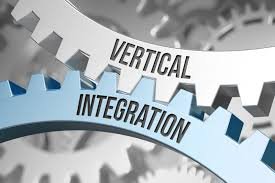Manufacturing companies are always looking for ways to be more efficient. One method that’s gaining popularity is vertical integration manufacturing. But what does that mean? Simply put, it’s when a company controls more than one stage of the production process, from raw materials to finished products.Vertically Integrated Manufacturing.
This approach affects how smoothly and effectively a company operates. In this article, we’ll explore the many benefits of Vertically Integrated Manufacturing and how it can lead to more streamlined production processes. Let’s dive in!
Enhanced Supply Chain Control
When a company manages its entire supply chain, it gains better control over every aspect of production. This means fewer delays and bottlenecks, as the company isn’t relying on external suppliers. With everything under one roof, it’s easier to coordinate schedules and ensure that materials are available when needed.
This leads to a smoother, more predictable production process. Direct oversight allows for real-time adjustments, mitigating potential issues before they escalate. Ultimately, this comprehensive control fosters a more agile and responsive manufacturing environment.
Improved Quality Assurance
Quality is crucial in manufacturing. Vertically integrated companies can monitor and maintain high standards at every stage of production. By having control over raw materials, production techniques, and final assembly, these companies can ensure that every product meets their quality criteria.
Another advantage is that it reduces defects and increases customer satisfaction. Furthermore, continuous quality monitoring can lead to incremental improvements, enhancing overall product excellence. The ability to enforce stringent quality checks consistently boosts brand reputation and customer loyalty.
Reduced Production Costs
Cutting costs is always a goal in manufacturing. Vertically integrated companies can save money by eliminating the middleman. When you produce your own raw materials and components, you avoid the markups that come with buying from suppliers.
Bulk purchasing and streamlined processes can lead to further cost reductions, making the overall production cheaper. By leveraging economies of scale, these companies can significantly reduce per-unit costs. Moreover, internal cost audits can identify further areas for savings, optimizing financial efficiency.
Faster Time to Market
Speed is often a competitive advantage. With vertical integration, companies can bring products to market faster. There’s no need to wait for parts from different suppliers, which can sometimes take weeks or even months. By controlling the entire process, companies can reduce lead times.
They react quickly to market demands. This rapid turnaround time enables quicker feedback loops, fostering continuous product improvement. The ability to launch new products swiftly can capture market share and meet consumer needs more effectively.
Greater Flexibility in Production
Flexibility is key in a changing market. Companies with vertical integration can quickly adjust their production lines to meet new demands. Whether it’s a change in product design or a need to scale up production, having control over all aspects of manufacturing allows for quicker adjustments.
This adaptability is crucial for staying competitive. Being nimble in production means these companies can experiment with new trends and technologies without significant downtime.
Increased Innovation and Customization
Innovation often drives success. When a company controls its entire manufacturing process, it can experiment more freely with new ideas and techniques. This can lead to innovative products and more customization options for customers. By being able to tweak every part of the production process, companies can offer unique products that stand out in the market.
The freedom to innovate internally can result in groundbreaking products that set industry standards. Customization also allows for targeted marketing, catering to niche consumer preferences.
Better Inventory Management
Managing inventory efficiently can save time and money. Vertically integrated companies can optimize their inventory levels since they have a clearer view of the entire supply chain. This means they can reduce excess stock and minimize storage costs.
Better inventory management also leads to fewer shortages, ensuring that production runs smoothly. Real-time inventory tracking aids in precise demand forecasting, reducing the risk of overproduction. Efficient inventory practices translate to lower carrying costs and higher operational efficiency.
Strengthened Supplier Relationships
While vertical integration reduces reliance on external suppliers, it doesn’t eliminate the need for some partnerships. These companies often form stronger, more strategic relationships with key suppliers. These relationships can lead to better terms, priority service, and collaborative problem-solving, further enhancing production efficiency.
Building long-term partnerships fosters trust and mutual growth, benefiting both parties. These alliances can also provide access to exclusive innovations and early technology adoptions, maintaining a competitive edge.
Higher Profit Margins
Ultimately, businesses aim to be profitable. Vertical integration companies often enjoy higher profit margins. By controlling costs, improving quality, and speeding up production, these companies can sell their products at competitive prices while maintaining healthy margins.
This financial stability allows for reinvestment in the business, fueling further growth and innovation. Consistent profitability also enhances investor confidence, attracting more capital for expansion. Higher margins provide a cushion against market volatility, ensuring sustained business success.
Vertically Integrated Manufacturing offers numerous benefits for companies looking to streamline their production processes. From better control over the supply chain to improved quality and reduced costs, the advantages are clear. Faster time to market, greater flexibility, and increased innovation further enhance a company’s competitive edge.


